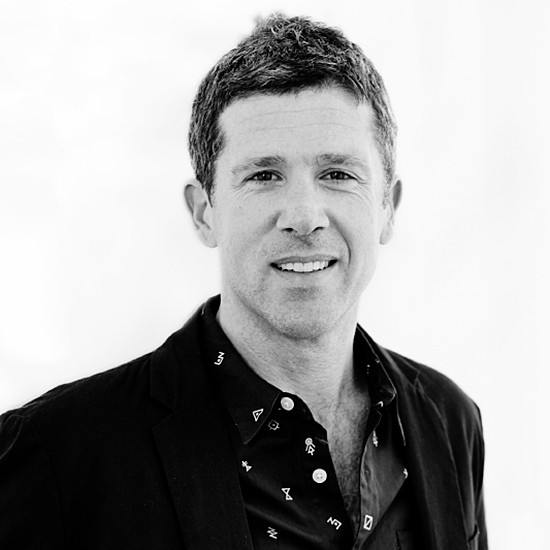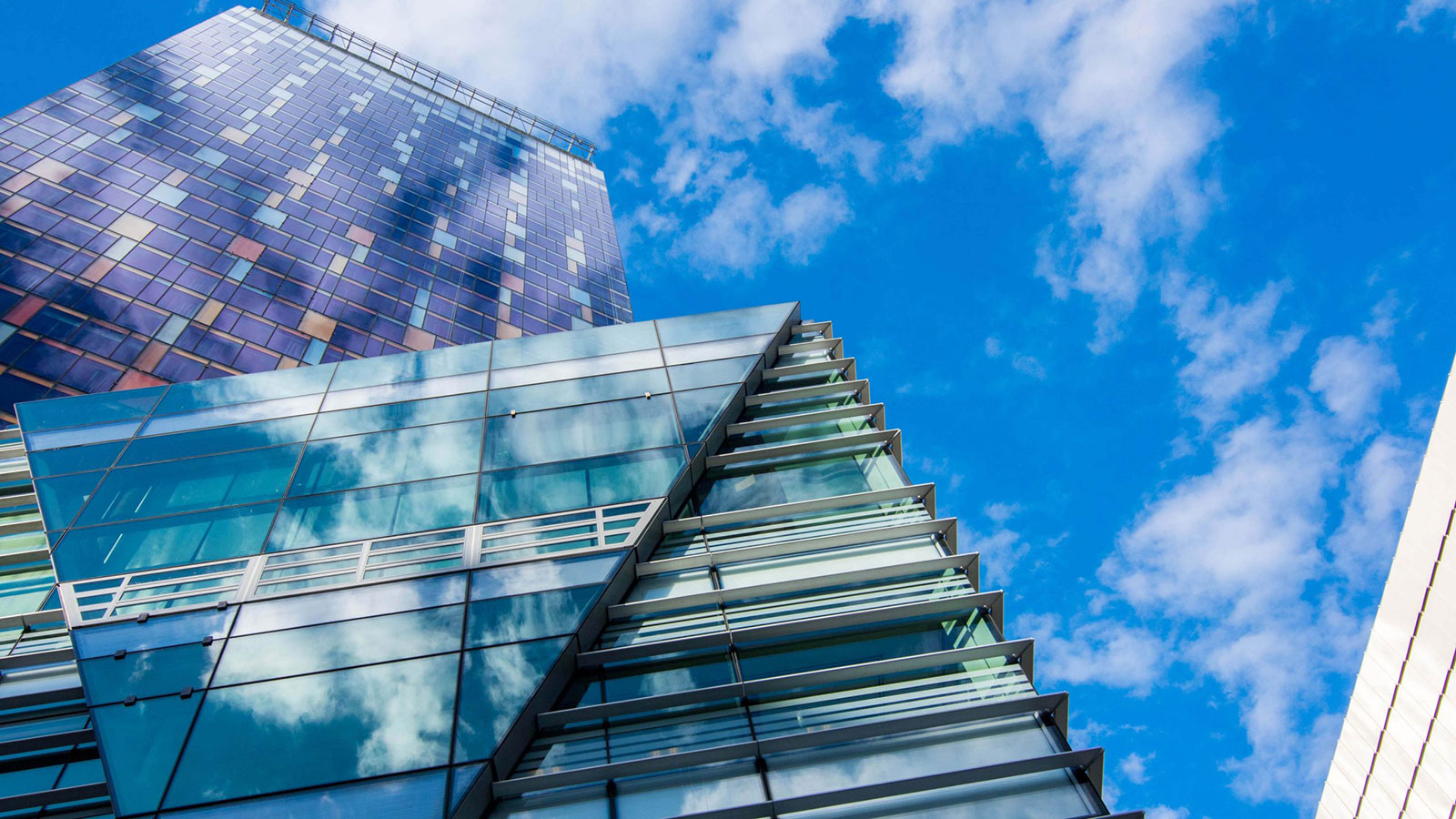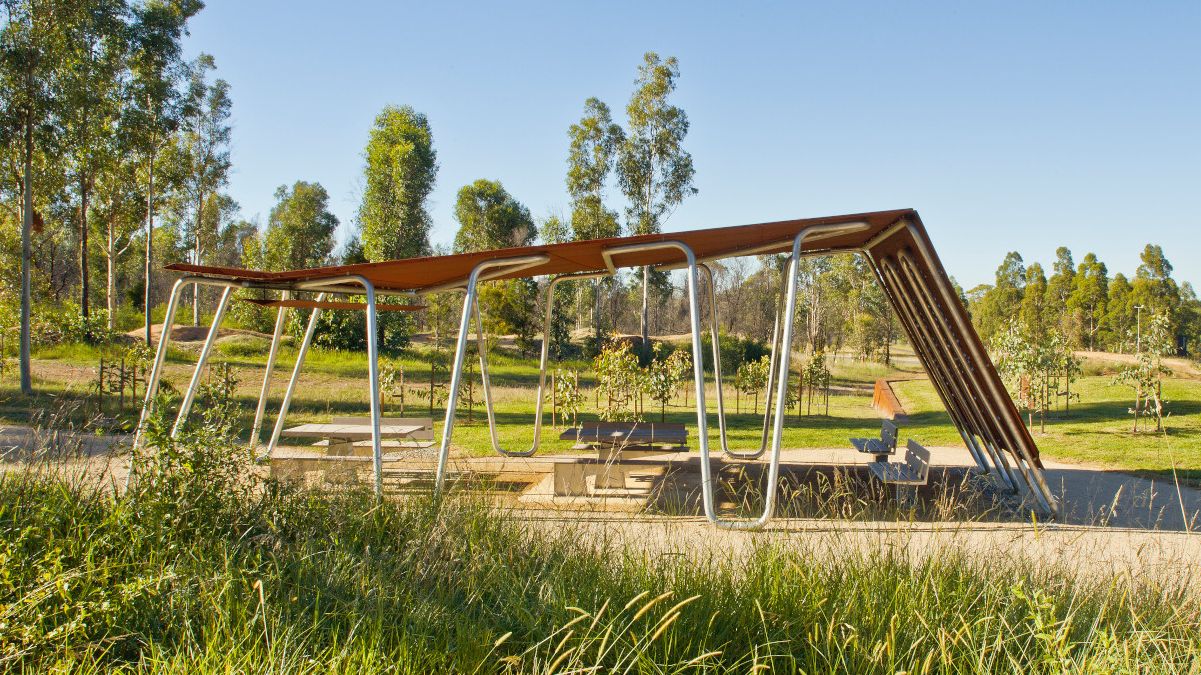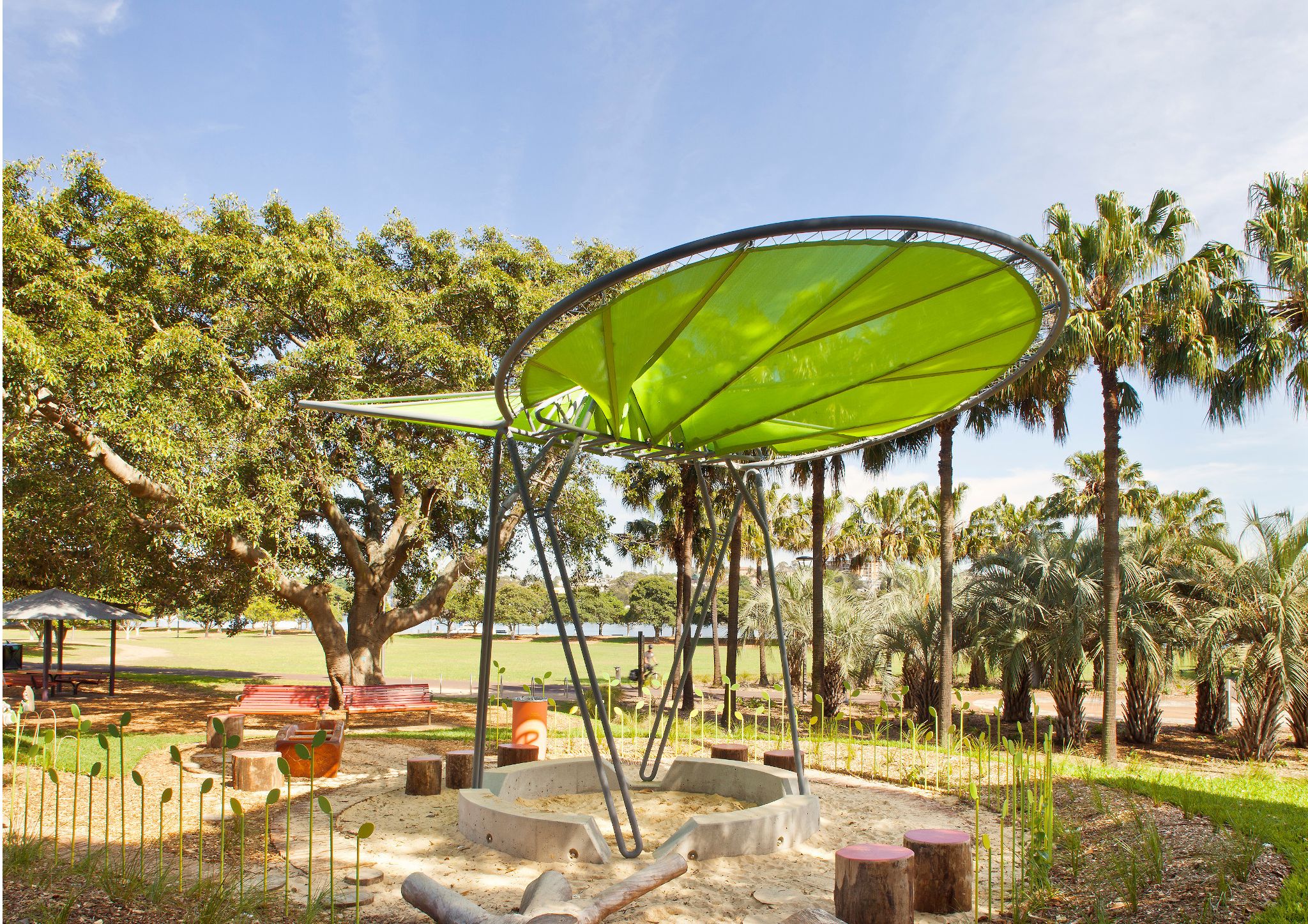Mar 01 2020, by Fleetwood Urban (Marketing)
2050 Vision: What does the future hold for our industry?
We live in an age of unprecedented change where it can be hard to predict next week, let alone next decade. But if human history has taught us anything, it’s that bold, provocative and evolutionary thinking is powerful in challenging the status quo and re-imagining tomorrow. This brings us to the Year 2050 and, specifically, the role architecture and landscape design might play in it.
To explore the possibilities, we reached out to two respected figures within the industry – Sacha Coles from ASPECT Studios in Sydney and Matt Franzmann from Form LA in Brisbane – and asked them to paint a picture of the future. Their thoughts make for intriguing and often thought-provoking reading. Here’s what they had to say…

Sacha Coles - Director, Design & Strategy, ASPECT Studios

Matt Franzmann - Managing Director, FORM Landscape Architects
Sacha Coles | Director – Design & Strategy, ASPECT Studios
It’s a fascinating exercise to speculate about what society and our industry might look like in 2050. I think the first thing to bear in mind is corporations and governments won’t change anything by themselves. So I believe between now and 2050, society will see a real upswing in bottom-up thinking, a ground-up revolution if you like.
Revolutions & Regeneration
The revolution will be peaceful, but it will also be overwhelming because at some point, possibly very soon, society will understand the absolute necessity for real change. Issues like equity, kindness and social justice will impact our cities far more directly than they do now, and they’ll impact architecture too.
We’ll see a much fairer distribution of wealth and architecture will become more of a shared experience, more of a human right, with access and benefits for all. Because, let’s be honest, historically architecture has been the domain largely of the elite.
Thanks to this ground-up revolution, we will have also avoided the ‘climate apocalypse’ and virtually everything we do will be measured around its ability to be renewable, sustainable and regenerative. Instead of taking resources, every construction project will have to contribute to the health of the landscape and the community. In fact, it will be a criminal offence to waste resources.”
Vertical Mobility
We’re just starting to see the emergence of personal autonomous vehicles and drones. These will become commonplace by 2050, unlocking the capacity for two things. Firstly, to rethink our streets as public places instead of dumping grounds for one-tonne steel objects. That’s a massive opportunity, bearing in mind cars take up around 60% of the space in our cities. The second is probably even more exciting, because the new transport systems will give us the ability to move freely above our cities. That will unlock a completely new terrain.
“In 2050 we’ll have whole cities of elevated skyscapes providing the next layer in the ecology of parks and sustainability.”
Taller and Thinner
The rise in autonomous personal mobility, together with new materials, will also reduce the limitations of traditional lift systems. As a result, buildings will become far less environmentally impactful. One of the big issues with our cities right now is we have these really ugly fat buildings which block the sun and create wind. In the future we’ll have the opportunity to build taller and thinner, so we can actually harness elements like sunlight and the air as we move through the city in better and more efficient ways.
Automated, or Human?
There will always be a human sensitivity to the design process. Yes, you can problem solve through robotics or AI, but to creatively problem solve is very different.
“The ability to elevate the spirit, create the light and be in touch with what it means to be human will remain the domain of human designers and human endeavour.”
That said, there may be a whole range of tasks that no longer require human creativity and they may become the domain for AI. For example, in the construction phase of projects there will be a much greater opportunity for robotics.
Generation Next
I’m optimistic about the next 30 years, I really believe there will be this ground-up revolution. Today’s children have grown up with issues like climate change as a lived reality. It’s not even a debate for them, they just want to know what’s being done about it. I feel like everything is heading towards that. Whether it’s climate change or not, their generation understands what’s going on and they just want our leaders to fix it.
Matt Franzmann | Managing Director, FORM Landscape Architects
The environment is, and will remain, front and centre. Sustainability will continue to be one of the biggest issues faced by the industry, and society as a whole. But looking towards 2050 you have to seriously question whether sustainability alone is enough?
Beyond Sustainability
Sustainability is about not making things worse. But the reality is we need to turn things around, we need to reverse it, so I think the biggest challenge will be how we design urban environments in ways that are actually regenerative.
“It will no longer be enough to just say, ‘Okay, we’ve ticked the sustainability box.’”
It will be essential to find better ways to positively reinforce local habitats and the ecological processes within the landscapes we create.
Enduring Meaning & Purpose
By 2050, what we do will be about so much more than just beautiful landscapes. Traditionally there’s been a separation, where a lot of landscape design has been used to dress up average urban architecture. In the not-too-distant future we’re going to be challenged by providing something that’s far more enduring with genuine meaning and purpose, not just cosmetic.
Empowered Purchasers
Many of the biggest changes we’ll see will be driven by end purchasers. We’re already seeing it with the banks, as people really start to question what the banks are funding. It will be the same for our industry. There’s going to be some brave developers who will take the plunge and say ‘we want to make this a landmark development’. But it won’t be easy. We’ve actually been in the position recently where we proposed a regenerative landscape design for a public realm project, but it was just too much for the client, too big a leap of faith at this stage. But by 2050, it’s going to be part and parcel of the way projects come together. We have limited resources and we simply can’t go on destroying our planet.
Young Minds & China
Looking ahead, it’s the young minds coming into the industry who are really going to challenge the way we do things. I’m already seeing this with the university graduates coming through, especially in the Chinese market. We do quite a bit of work with Chinese clients, and they’re already exploring all sorts of new ideas in their public realm projects. I expect China will lead the world with sustainability-based technologies, particularly around regenerative landscapes. The large scale of their projects is a big advantage. That’s one of the challenges we have in Australia, our projects and budgets are generally smaller, so it’s always a risk for a client to try and integrate new and untested initiatives.
Higher Density Living
There’s little doubt we’ll see a swing towards higher density living. We simply can’t continue with the current urban sprawl. But with the equally-inevitable changes to transportation, that will create some interesting opportunities. For example, by 2050 we may not even have vehicles on the road, rather we’ll be using automated aerial transport systems. That’s exciting because roads currently make up around 25% of our urban environments. Just imagine if roads were these amazing linear parks connecting all of our urban environments – pedestrian pathways, cycleways, everything. One of my favourite projects in the world is the High Line in New York City. I think that’s a little taste of what the future holds, reclaiming old infrastructure corridors and regenerating them into amazing public spaces.
Life, But Not As We Know It
It also seems inevitable we’ll be travelling to the moon and other planets later this century, and setting up new habitats. Just recently we’ve been designing a massive atrium landscape on a cruise ship. I look at these types of projects, and other places like Gardens by the Bay in Singapore, and think we’re not going to be able to inhabit other planets without maintaining a link with the natural habitat.
“Humans, by nature, need nature. To go and live on Mars it will be essential to have some form of natural environment for our health and well-being.”
I think this is going to be a big part of what the future holds. Even if it’s still more than 50 years away, it’s all these little projects happening now that start to provide clues as to what’s going to work and what’s possible in those environments. It will be all about creating these atrium spaces to establish micro climates for optimum growing conditions, landscapes and public spaces. That’s about as exciting as it gets.





